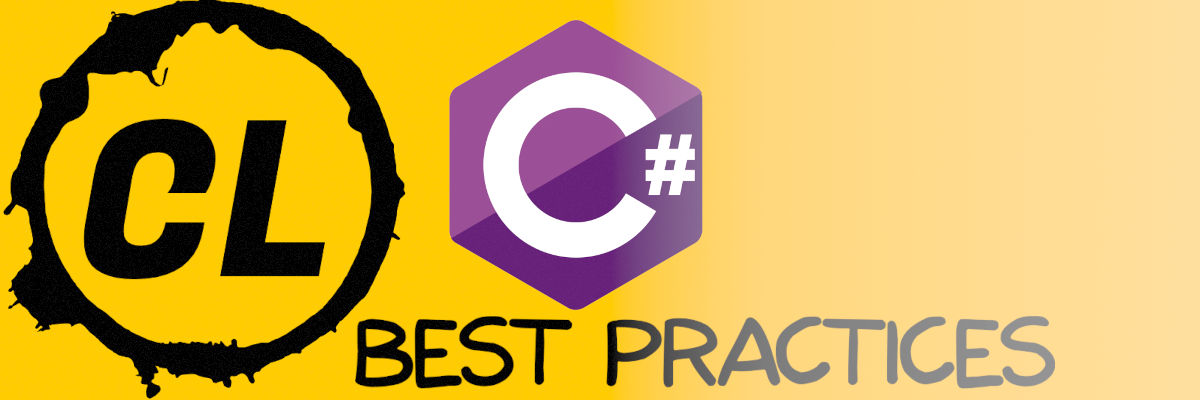Exception handling is a critical aspect of writing robust and reliable C# code. In the dynamic world of software development, unforeseen errors can occur at any moment. How you handle these exceptions can make the difference between a resilient application and one that crashes unexpectedly. In this blog post, we’ll explore some best practices for C# exception handling to help you write more robust and maintainable code.
- Use Specific Exception Types:
When catching exceptions, be specific. Avoid catching the genericExceptionclass unless absolutely necessary. Catching specific exceptions allows for more targeted and meaningful handling, improving the overall maintainability of your code.
try
{
// Code that may throw exceptions
}
catch (ArgumentNullException ex)
{
// Handle ArgumentNullException
}
catch (InvalidOperationException ex)
{
// Handle InvalidOperationException
}- Avoid Catching System.Exception Unnecessarily:
While it’s important to catch exceptions, catchingSystem.Exceptionshould be done sparingly. This is a broad catch-all that might mask unexpected issues and make debugging more challenging. - Log Exceptions:
Always log exceptions. Logging provides valuable information for diagnosing issues in production environments. Include relevant details such as the exception type, message, stack trace, and any additional contextual information.
try
{
// Code that may throw exceptions
}
catch (Exception ex)
{
Logger.LogError(ex, "An error occurred.");
// Additional handling or rethrowing if necessary
}- Rethrow Exceptions with
throw;:
When catching an exception, consider whether it’s appropriate to rethrow it. If you decide to rethrow, usethrow;instead ofthrow ex;to maintain the original stack trace.
catch (CustomException ex)
{
// Log and handle the exception
Logger.LogError(ex, "CustomException occurred.");
// Rethrow the exception
throw;
}- Handle Exceptions at the Right Level:
Exception handling should occur at the appropriate level of your application. Avoid catching exceptions too high in the call stack, as this may result in less precise error messages and make troubleshooting more difficult. - Use
finallyfor Cleanup:
Thefinallyblock is executed whether an exception occurs or not. Use it for cleanup tasks, such as closing files or releasing resources, to ensure your application remains in a consistent state.
try
{
// Code that may throw exceptions
}
catch (Exception ex)
{
// Handle the exception
}
finally
{
// Cleanup code
}- Utilize
usingStatement for Resource Management:
For objects that implementIDisposable, use theusingstatement to ensure proper resource cleanup, even if an exception occurs.
using (var resource = new SomeDisposableResource())
{
// Code that may throw exceptions
}- Custom Exception Types:
Consider creating custom exception types for specific error scenarios in your application. This can make your code more readable and provide a clear distinction between different types of errors.
public class CustomException : Exception
{
public CustomException(string message) : base(message)
{
}
}Conclusion:
Exception handling is not just about preventing crashes; it’s about creating resilient and maintainable software. By following these best practices, you can write C# code that gracefully handles errors, provides meaningful information for debugging, and ensures your application remains robust in the face of unexpected challenges. Mastering the art of exception handling is an essential skill for every C# developer striving to deliver high-quality software.

